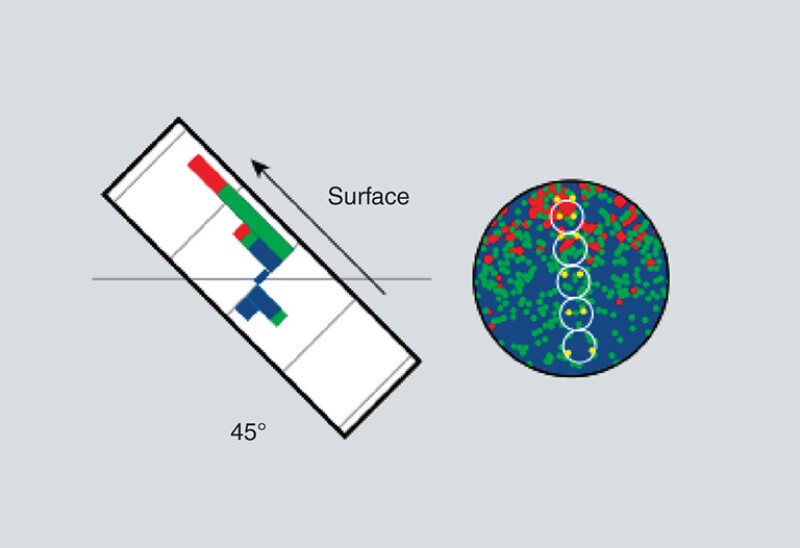Field examples presented in the complete paper describe a fit-for-purpose logging approach for locating sources of water production accurately and executing rigless water-shutoff operations to increase cost-effective hydrocarbon production in cased wells completed with standalone sand screens. After remedial operations, the authors observed a significant decline in water production and an increase in oil rates in all remediated wells.
Introduction
The operator was granted a production license for exploration and development of oil and gas resources in the Cheleken Contract Area in the Caspian Sea. The area consists of two offshore oil and gas fields, Dzheitune (LAM) and Dzhygalybeg, in water depths between 8 and 42 m. The fields consist of two elongated anticlines at the eastern end of the prolific hydrocarbon Apsheron Ridge.


